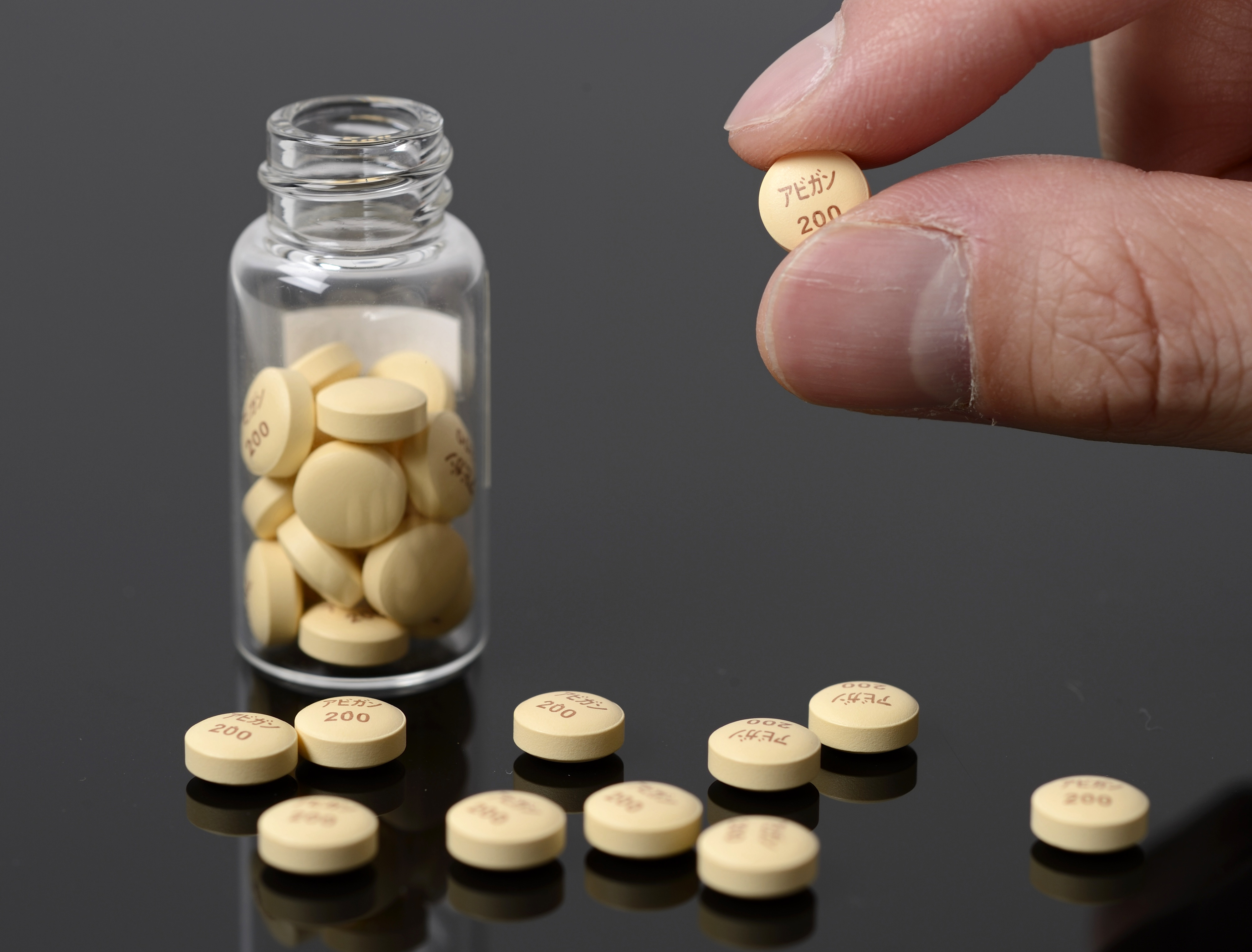INSUBCONTINENT EXCLUSIVE:
Machine learning experts working at Google Health have published a new study in tandem with the University of California San Francisco
(UCSF) computational health sciences department that describes a machine learning model the researchers built that can anticipate normal
physician drug prescribing patterns, using a patient electronic health records (EHR) as input
That useful because around 2% of patients who end up hospitalized are affected by preventable mistakes in medication prescriptions, some
instances of which can even lead to death.
The researchers describe the system as working in a similar manner to automated, machine
learning-based fraud detection tools that are commonly used by credit card companies to alert customers of possible fraudulent transactions:
They essentially build a baseline of what normal consumer behavior based on past transactions, and then alert your bank fraud department or
freeze access when they detect a behavior that is not in line with an individual baseline behavior.
Similarly, the model trained by Google
and UCSF worked by identifying any prescriptions that &looked abnormal for the patient and their current situation.& That a much more
challenging proposition in the case of prescription drugs versus consumer activity — because courses of medication, their interactions
with one another and the specific needs, sensitivities and conditions of any given patient all present an incredibly complex web to
untangle.
To make it possible, the researchers used electronic health records from de-identified patients that include vital signs, lab
results, prior medications and medical procedures, as well as diagnoses and changes over time
They paired this historical data with current state information, and came up with various models to attempt to output an accurate prediction
of a course of prescription for a given patient.
Their best-performing model was accurate ''three quarters of the time,& Google says, which
means that it matched up with what a physician actually decided to prescribe in a large majority of cases
It was also even more accurate (93%) in terms of predicting at least one medication that would fall within a top 10 list of a physician most
likely medicine choices for a patient — even if its top choice didn''t match the doctor&s.
The researchers are quick to note that though
the model thus far has been fairly accurate in predicting a normal course of prescription, that doesn''t mean it able to successfully detect
deviations from that with any high degree of accuracy
Still, it a good first step upon which to build that kind of flagging system.

